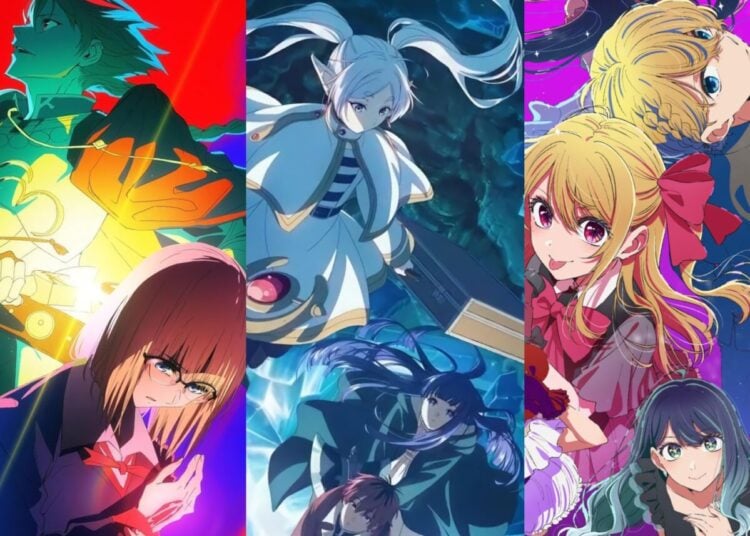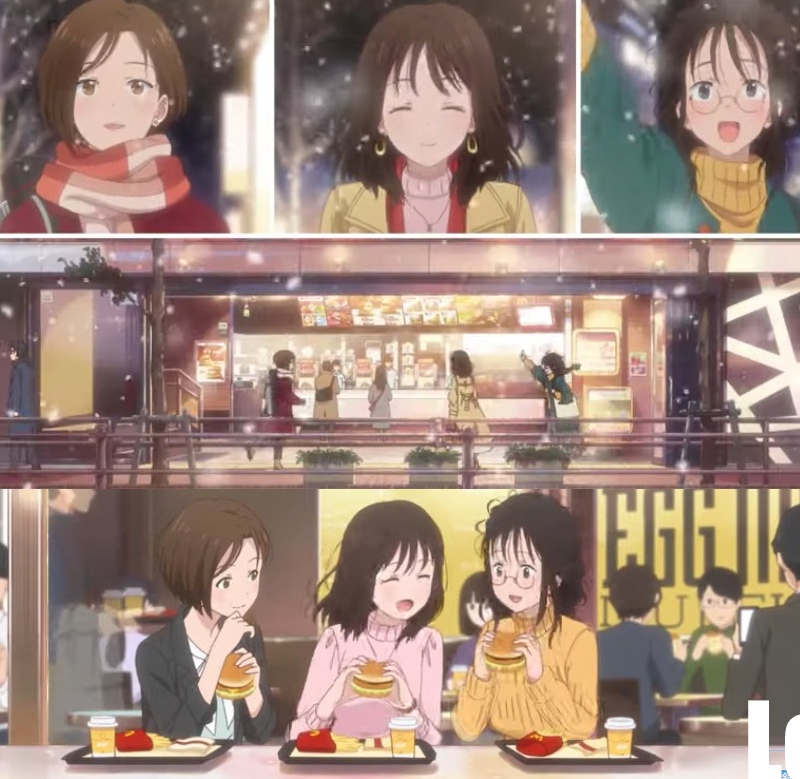When it comes to technology, we tend to think about things moving forward, for example, the coming rise in 5G technology that will supposedly revolutionalize our digital lives over the next few years. While many people view Japan as a technological powerhouse, the reality of technology in Japan is a bit more complex
Recently both my wife and mother-in-law have begun shopping for new cell phones. But the reason isn’t that they want cool new features like 5G, but that the old 3G and CDMA cell phone services are finally being retired in Japan. Both were adamant that they didn’t want to give up their simple and easy-to-use flip phones and buy modern smartphones because both of them hate newfangled technology.
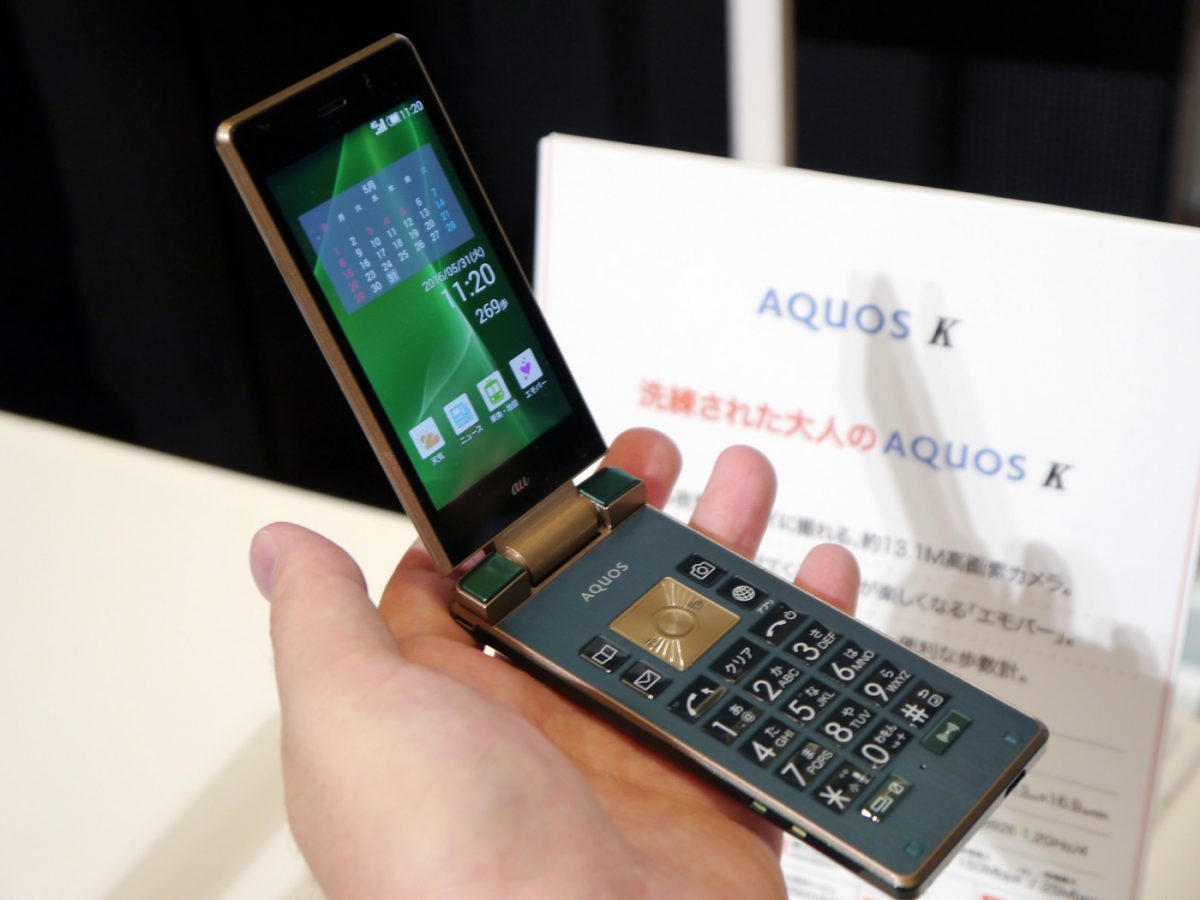
Happily Japan’s cell phone makers have come to the rescue, giving them a modern Android-based flip phone that hides all its features, so they can pretend it’s still 2006. The phones are called garaho, a merging of the words garai-kei (what old-timey flip phones are called) and sumaho, or smartphones. The new phones are all the rage among older Japanese because they’re simple to use and make a satisfying sound when you snap them closed, yet you have the option of installing Android apps if needed. The most popular app is LINE, the chat app that pretty much everyone in Japan uses.
I didn’t know what the gara in gara-kei meant, so I asked J-List’s manga and artbook buyer. The answer surprised me: Galapagos. This is a term that describes modern Japan perfectly, the way Japanese companies make products that are perfectly adapted to their customers in Japan…yet which fail to compete out in the wider world, where smart companies from the U.S., South Korea and China are proving more adept at winning global market share. The term comes from the way birds and iguanas have become highly adapted to life in individual environments in the Galapagos Islands. (My wife has kept the same old gara-kei phone since 2004.)
Of course, there are valid reasons to use older technology, including that it’s not susceptible to viruses or other attacks, that it can hold a charge for several days and that it fits the job it’s asked to do. Another reason Japanese might prefer using gara-kei phones is unique to them: that they’re easy to type on. Because Japanese is a syllabic language with sounds like かきくけこ ka-ki-ku-ke-ko, it’s surprisingly easy to type Japanese on a keypad, because you hit the number 2 once for か ka, twice for き ki, and so on. Incredibly, there’s a genre of novel called keitai shosetsu that were typed on cellphone number pads, which isn’t something I’d care to ever do.
Interesting prediction from 1953 about how phones would evolve. pic.twitter.com/SgN3nZtnvA
— Peter Payne (@JListPeter) November 30, 2019
Despite some valid reasons to use older technology, the truth is that Japan is often a very inefficient place, in part because that’s the local culture, but also because technology moves so fast that the poor Japanese have trouble keeping up. In the course of running J-List, we see this reality often, with the distributors and other companies we work with every day still using fax machines and rarely adopting any kind of new technology.
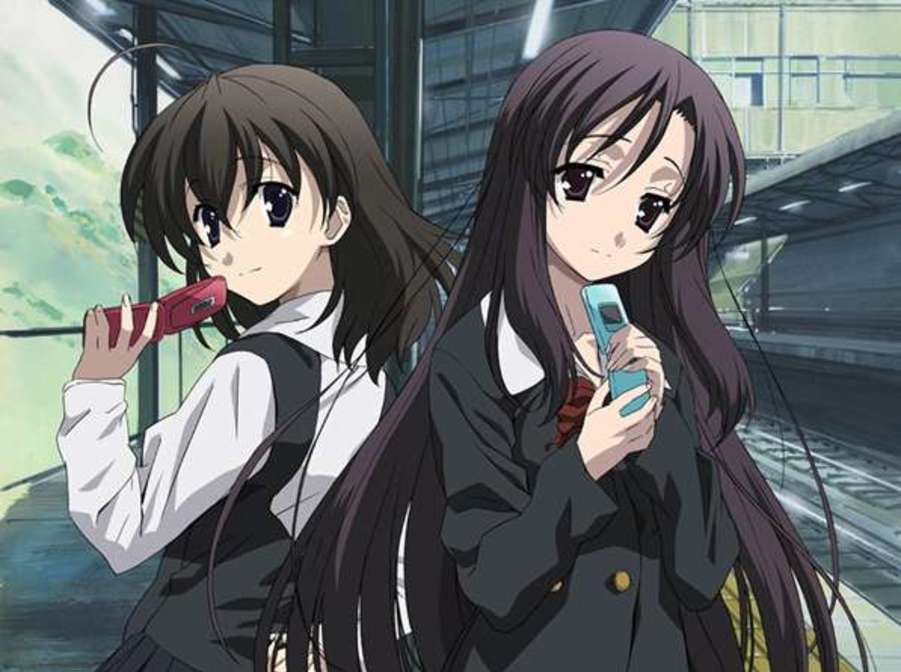
The History of Cell Phones in Anime
One thing I love about anime is the way you can look back over the years and analyze not only how the character designs have changed over the years, but how one of the most important technologies to all of us — the cellular phone — have evolved. In some shows where cell phones play a particularly important role in the show, the phones are almost a “character” in the story. As with watching old episodes of crime shows like CSI or Criminal Minds, which always sport the then-latest devices, it’s fun to compare the different eras of technology used by the characters in each anime.
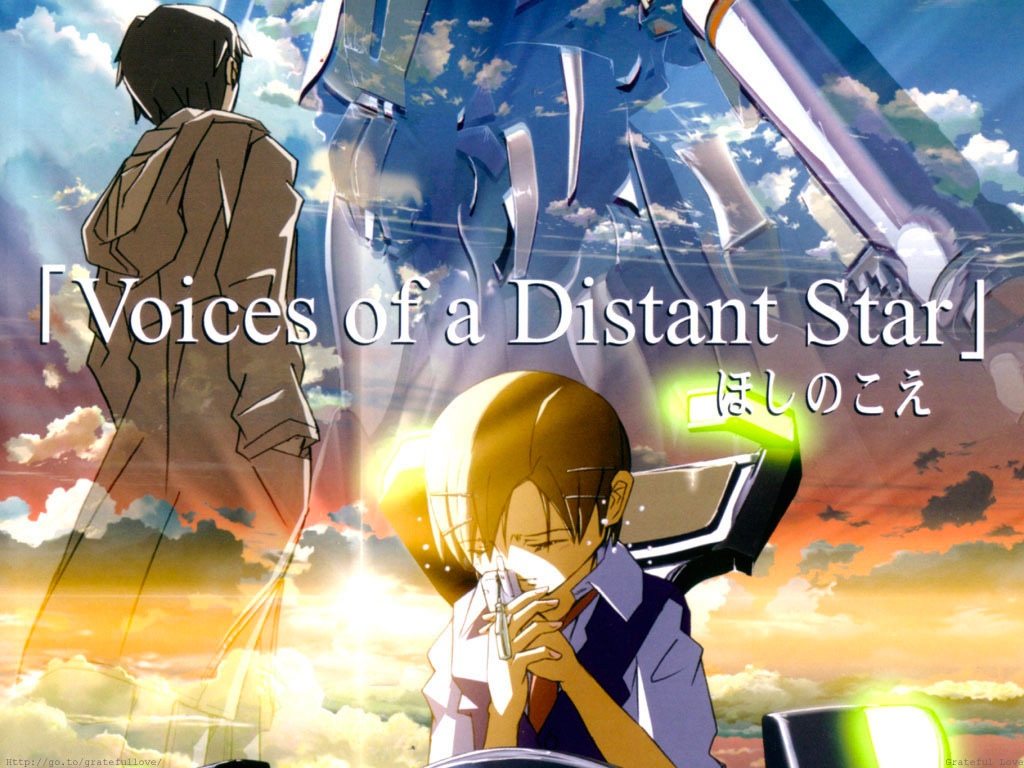
One early story where cell phones play a big role is 2002’s Voices of a Distant Star, a great early animated film made by Makoto Shinkai before he hit the big time. The Earth is fighting an intergalactic war, and Noboru’s girlfriend Mikako has been recruited to pilot the robots that will fight the aliens out in space. Mikako and Noboru text each often, but as she gets further and further out into space, the messages take longer to reach Noboru. Eventually it takes 22 years for her texts to arrive, as Noboru lives out his life waiting for the next message from her. Read a detailed review of Voices of a Distant Star on our blog.
What is your favorite anime that involves a cell phone or other technology? Got any other questions about technology in Japan? Let us know on Twitter!



